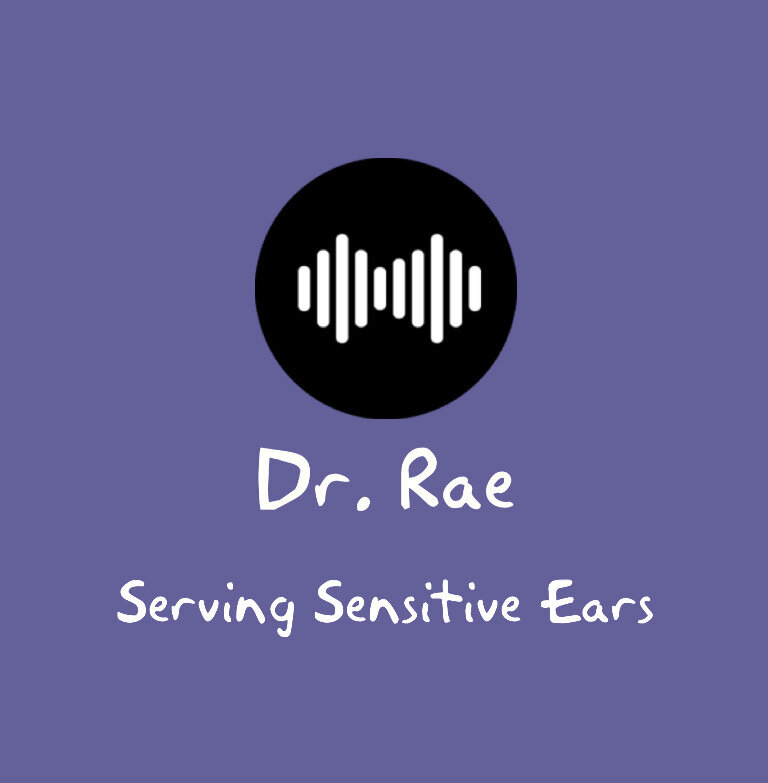Misophonia: Taming the Inner Monsters
As an audiologist, I've seen firsthand how the struggles of people with misophonia are often misunderstood. This condition, where everyday sounds trigger intense anger, disgust, or anxiety, is far more complex than just being annoyed by noisy neighbors.
Traditionally, professionals have endorsed the use of exposure therapy to help people with misophonia to become desensitized to problematic sounds. The idea seems simple: repeated exposure should lessen the negative reaction over time. However, with misophonia, this approach can have the opposite effect. Think of it like someone sneaking up behind you to prick you with a thumbtack – you'd become hypervigilant, anxious, and more sensitive to the threat. Exposure therapy risks re-traumatizing people with misophonia rather than helping them heal.
Let me tell you a story. I once had a patient who was absolutely terrified of other people sniffing and making other unpleasant personal sounds with their mouths and noses. He had been relegated to the hallway for over a year, filling out worksheet after worksheet in isolation, as when he encountered another student or even the teacher, daring to make such a sound, he became incredibly agitated as it felt to him like they were making that sound inside of his head, as if they were making him make that sound, which he found deplorable.
How dare they? He would lash out, first touching them as to regain his stolen energy. If they persisted, he would strike them to make sure they couldn’t attack him again. Sitting in the hallway with doors on either side, full of potential opponents, full of unpredictable triggers, he sat with his thoughts. he trained himself like a warrior scrutinizing every sound that drifted his way, analyzing it for threat.
He taught himself how to hear sounds that were infinitesimally soft. And eventually, he nearly drove himself mad, listening for the faintest whisper of a threat, scrutinizing the sound of the air, conditioners and heaters, imagining he heard the disgusting sounds invading him, triggering him, and even in silence, he could superimpose the sound of his enemies, who clearly didn’t have the decency to act civilized in public.
What if we had given him actual safe silence? What if he could be selectively deaf, whenever he needed, to calm his nervous system? What if he had total control over his sound environment? Would it allow him to relax enough to stop searching? Would it allow him enough grace to eventually become relaxed enough, that he might venture back into the outside world for small periods, and then for longer and longer amounts of time, knowing that he could always retreat?
That is what I have found to be a far less traumatic answer than teaching a person not to fear thumbtacks by pricking them, repeatedly, lying in wait for them, or triggering them through intermittent reinforcement of trauma, which would likely leave them ever more watchful, ever more scared. And justifiably so.
Instead of forceful exposure, we need to create a sense of safety and control. This could mean providing noise-controlled environments where individuals can calm their nervous systems and reduce anxiety. Technology can also play a key role, with special hearing aids offering "selective deafness" on demand.
Once some stability is achieved, they can then gradually re-engage with the world, knowing they can always retreat to their safe space when needed. It's about gradual desensitization at their own pace. The focus should be on calming the nervous system first. Misophonia treatment is all about tailored solutions, tools to manage triggers, and compassionate understanding. It's a pathway toward healing that centers on the individual and their unique experiences.
While exposure therapy has its place, misophonia demands a different path. One that prioritizes empathy, empowerment, and a deep respect for how profoundly sound can impact the lives of the people who trust us with their care.
